Why do you get up in the morning? What inspires you to do what you do? Is your career aligned with a meaningful purpose?
Most people don’t have good answers to these questions. Maybe that’s why we often feel unfulfilled, restless or apathetic about our work. Today, people want more than to make a living, we want to be part of something bigger than ourselves.
Simon Sinek says we must align our work with a why, a purpose, a deeper meaning. He says that “starting with why” will transform us into better leaders, managers or entrepreneurs.
The companies who “start with why” rise to the top of their industry like Apple, Starbucks and Southwest Airlines. They don’t just sell great products, but have a deeper cause that people can feel and are magnetically drawn towards.
Who is Simon Sinek?
Simon Sinek is an author, motivational speaker and strategic consultant. His name became well-known in business circles when his first TED talk (TED.com) went viral, reaching over 50 million views. He later expanded that speech into this best-selling book Start With Why.
On his website (SimonSinek.com), Simon describes his WHY or purpose like this: “We imagine a world in which the vast majority of people wake up inspired, feel safe wherever they are and end the day fulfilled by the work they do.” That sounds like a great future to me! So let’s jump into the first lesson from this book…
1. Follow The Golden Circle
Imagine a circle with 3 rings. The outer ring is WHAT, the middle ring is HOW and the inside of the circle is WHY. Each of these rings represent the levels that we can operate at, from the superficial to the profound.
Most of us are stuck at the outer levels of WHAT or HOW, but truly great companies and leaders always operate at the level of WHY.
Here’s a quick explanation of each level:
- What – Everyone knows what they do and is able to talk about it. For example, “We sell computers” or “I’m a massage therapist.”
- How – Some people know that how they do things is also important. For example, “We sell computers with 24/7 customer service.” or “I specialize in traditional Norwegian massage.”
- Why – Few of us can tell others why we show up to work (besides money). Yet this is the key to our long-term success.
Very few people or companies can clearly articulate WHY they do WHAT they do. When I say WHY, I don’t mean to make money—that’s a result. By WHY I mean what is your purpose, cause or belief? WHY does your company exist? WHY do you get out of bed in the morning? And WHY should anyone care?
How versus Why
Most businesses believe that customers choose them because they have a superior HOW to their competition—a better product with more features or better service. In fact, one of the most often-repeated marketing ideas is to find some unique selling point in HOW you do things to differentiate yourself from the competition.
For example, a typical computer company’s ad might say “We sell computers that are high quality and good value.” Simon Sinek says that while this strategy can win sales, it doesn’t inspire long-term loyalty from customers and employees.
Apple became a great company through starting with WHY, rather than WHAT or HOW. According to Simon, Apple’s why is “To challenge the status quo.” They communicate this mission with everything they make. Their clear WHY inspires many people to become fans and evangelists. They buy most of what Apple sells despite higher prices and regardless of whether it’s a computer, MP3 player, smartphone or earbuds.
Apply is fundamentally not a computer company like Dell or HP. They are a company that challenges the status quo. In fact, it doesn’t even occur to most of us how strange it is that a computer company successfully entered so many different industries. After totally changing how computers work with the Mac, they went on to reinvent the music and mobile phone industries too.
The Golden Circle says most of us focus on the outer layers of WHAT we do and HOW we do it, but truly great leaders and companies focus on the core—WHY they do what they do. Apple has succeeded in so many diverse industries because they have a WHY that transcends just making computers well.
2. Inspire, Don’t Manipulate
A lot of business advice comes down to giving incentives to our customers and employees. Simon calls these “manipulations.”
Customer Incentives
Customers are often urged to buy through incentives like coupons, discounts and limited time offers.
While these tactics can work in the short term, they may kill a business in the long term. Offering a big discount will provide a bump in sales that looks good on a quarterly report. However, discounts can also train customers to never buy at the full price and instead wait for the next big sale. This means using too many manipulations is a sure way to turn our product into a low-profit commodity.
Notice that many of the strongest brands like Apple, Disney and Nintendo deliberately avoid large or frequent sales. Rather, their strong focus on their mission inspires customers to buy year-round.
Employee Incentives
Employees are often prodded to work harder through incentives like bonuses and raises.
But trying to keep great employees through incentives is an uphill battle. If money is the only reason your employees are staying, then all of them are always one better offer away from leaving. On the other hand, employees who feel proud to work at a company because it shares their values will remain loyal. For example, would most animal shelter workers quit their job simply for a little more money?
When you start with why, then your strategy for attracting and keeping great talent is different. It’s about providing people with a feeling of doing something worthwhile in the world and belonging to something important. This is true leadership.
The psychologist Viktor Frankl survived the Nazi concentration camps of World War 2 and then wrote a book about his experience called Man’s Search For Meaning. Frankl says the prisoners who survived were the ones who could find meaning in the middle of the suffering. Those who couldn’t find meaning gave up or committed suicide. Later he discovered the lessons he learned inside the camps were invaluable for his regular therapy patients.
Frankl wrote, “What man actually needs is not a tensionless state but rather the striving and struggling for a worthwhile goal, a freely chosen task.” He said it is critical for our mental well being to find meaning through significant work, caring relationships or courageous suffering. Hear more of his wisdom in our summary of Man’s Search for Meaning by Viktor Frankl.
Business advice usually tells us to use customer incentives like discounts and employee incentives like bonuses. But the way to inspire long-term loyalty is through sharing a common cause or purpose.
3. Promote Your Customer’s Values
We like to be around people who share our values and beliefs. That’s why we choose some people to be our friends and not others, out of 7 billion people on the planet. Increasingly, this is also how we’re choosing which companies we do business with.
Why do many people freely choose to get tattoos of the Harley Davidson logo? Because the company represents some core values or ideals they hold. The logo itself has become a symbol of something greater than one single corporation. In a sense, it now belongs to all those who share those same values.
Almost 100 years ago, Edward Bernays wrote the book Propaganda. (He is known as the creator of public relations and also happened to be Sigmund Freud’s nephew.) Even a century ago, he was saying that business had become more difficult and each product was dozens of competitors on the store shelves.
Bernays said the solution was for companies to not only sell their product, but also “sell what they stood for.” For example, today we see many companies trying to appear environmentally friendly. When we’re faced with two nearly identical products on a store shelf, we will often choose the one that promotes values we hold dear. Discover more lessons on public relations in our summary of Propaganda by Edward Bernays.
In an increasingly competitive world, we can stand out by promoting certain values. This attracts very loyal customers who share the same values. We prefer to do business with people who are like us.
4. Win Over Passionate Early Adopters First
According to experts, new products become popular in a surprising way. It turns out that only 15% of the population tries out new things when they are first available. These people are called the early adopters or innovators. They are the crazy ones camping outside the store to buy some new gadget on the first day it is launched. Before a product can spread to the majority of the population, it must first win over this group.
(This pattern is called “The Law of Diffusion of Innovation,” explained in more detail in books like Crossing the Chasm by Geoffrey Moore.)
Many companies get this backwards. They fail because they try to win over the large majority of everyday people first. The problem is that most of us don’t like being the first to try out new products or technologies, no matter how good they sound.
If you have a new product, then you must first target your marketing at the early adopters. You can inspire them to use your product with a strong WHY message. You see, unlike most people early adopters are not motivated by utility or practicality. They want to be at the cutting edge of new trends and ideas. That’s why they will buy new technologies when they are still impractical, unreliable or overly expensive.
The billionaire entrepreneur Peter Thiel says “The perfect target market for a startup is a small group of particular people concentrated together and served by few or no competitors.”
When he and Elon Musk founded Paypal, they knew they had to gain traction with a small group of early adopters first. So they focused on winning over eBay PowerSellers to their new payments platform. Once the most committed eBay members were using PayPal, more and more people quickly came onboard. Learn more great business lessons in our summary of Zero to One by Peter Thiel.
When marketing a new type of product, it’s critical to first win over early adopters with a compelling reason why your product exists, rather than a dull message about how your product is useful.
5. Write Down Your Why
Leadership requires two things: a vision of the world that does not yet exist and the ability to communicate it.
Great organizations start with a leader who personifies their WHY. In the early days of Apple, Steve Jobs was Apple. In great startups, everybody can look to the founder and immediately feel the values that are supposed to be guiding their actions.
However, as a company grows bigger and leadership gets passed down to new CEOs, the WHY often grows fuzzy. This is when legendary companies fall from greatness.
The solution to avoid this happening is to write down the WHY clearly so everyone knows exactly what the original mission, cause or calling was. Simon Sinek says to do this with verbs rather than nouns:
For values or guiding principles to be truly effective they have to be verbs. It’s not “integrity,” it’s “always do the right thing.” It’s not “innovation,” it’s “look at the problem from a different angle.” Articulating our values as verbs gives us a clear idea – we have a clear idea of how to act in any situation.
One of the greatest businessmen ever was Sam Walton, the founder of Walmart. He always exemplified his core values of frugality and simplicity, even when he became the richest man in the world. In his book Made in America, these values jump out of every page.
Sam Walton grew up in a small American town and never forgot his roots. He always got his hair cut at the small local barbershop and drove his hunting dogs around in an old pickup truck. When a reporter asked why he did this, Sam sounded astonished—where else was he supposed to get his hair cut?
About being wealthy, Sam wrote “It’s great to have the money to fall back on […] But if you get too caught up in that good life, it’s probably time to move on, simply because you lose touch with what your mind is supposed to be concentrating on: serving the customer.” However, after Same left the company, recently Walmart has became fuzzy on many of those early values, so it has suffered many bad PR incidents. Learn more about how Walmart reshaped the world in our summary of Made in America by Sam Walton.
In the early days of a company, the founder exemplifies the values and the WHY. This provides direction to everyone underneath them. But it’s important to write the WHY down clearly so it doesn’t become fuzzy after the founder leaves.
Conclusion
This book hits on a very important idea over and over again. It says we need to focus more on the meaning, purpose or reason behind what we do. When we become clear on our WHY, then we will become better leaders. We will stronger companies that our employees love to be part of. We will create a work where more people feel significant and fulfilled.
So… what is your WHY? What purpose would fill you with energy every day you wake up? What common purpose can unite you with your coworkers, employees or customers? Think about that deeply and write it down!



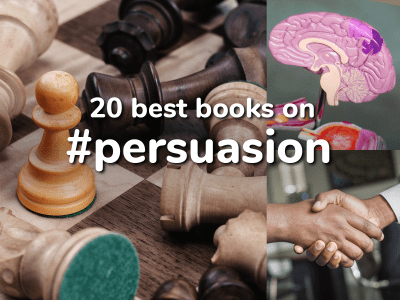
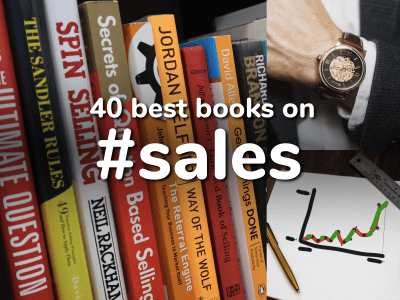

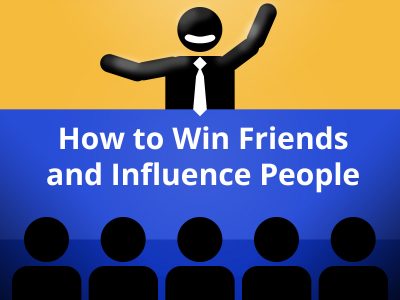

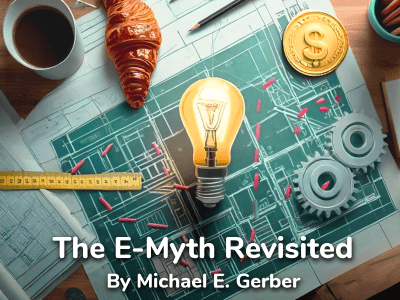
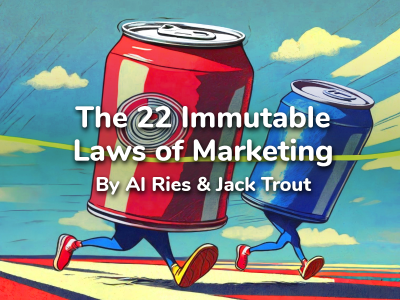
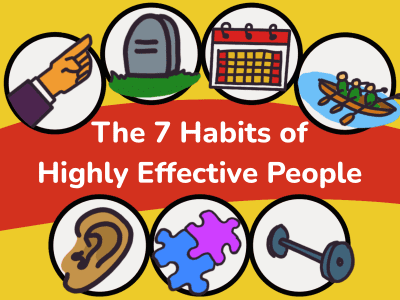

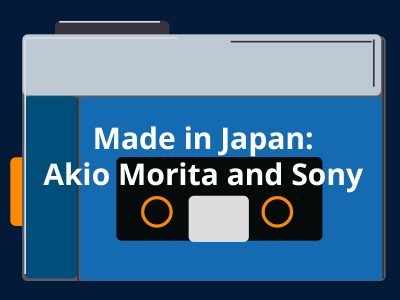

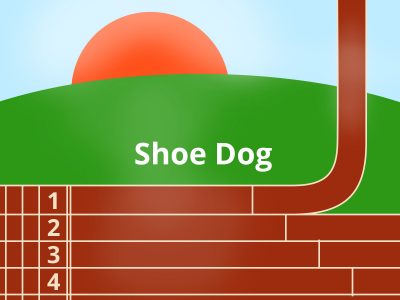






Community Notes